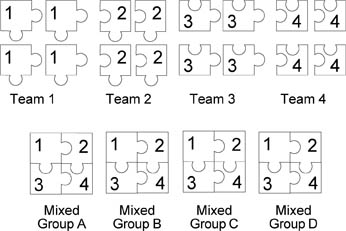This Fall Break, take a BREAK and FALL into a good book! What better way to spend Fall Break than with one of the many books on teaching and learning from the Kaneb Center’s extensive library? If you have a specific pedagogical question, we can also help guide you to some helpful selections.
Beyond brushing up on your knowledge of pedagogy, if you’re looking to diversify your teaching portfolio and gain additional professional development experience, you should consider applying for the Kaneb Center’s Graduate Associate opening (see the call below for more information).
Call for Applications: 2015 Kaneb Center Graduate Associates
The Kaneb Center for Teaching and Learning seeks graduate students with Notre Dame teaching experience to serve as Kaneb Center Graduate Associates for the spring of 2015 and the 2015-2016 academic year. Kaneb graduate associates facilitate workshops on effective teaching, develop teaching resources, and contribute to other activities to help graduate students develop as teachers.
Graduate associates will receive training (required) to prepare them to serve as workshop leaders and mentors. In addition, they attend weekly meetings with Dr. Kristi Rudenga, assistant director of the Kaneb Center, during which they contribute content and ideas for Kaneb Center program planning. Throughout the semester, Kaneb graduate associates contribute 6-10 hours per week, depending upon availability, and receive a stipend commensurate with hours worked ($3600-$6000 per academic year).
Applicants should be at least in their 4th year of graduate study while holding this position.
To apply, please submit the information below to kaneb@nd.edu by November 7, 2014.
- Name
- Address
- Phone
- Email
- Department
- Current year in Graduate School
- Description of professional development activities (teaching workshops, panel discussions, reading groups, etc…).
- A 1-2 page summary of your teaching experiences, strengths, and strategies.
- Description of a workshop or seminar you would like to implement. These may be current programs that you will revise or programs that are brand new to the Kaneb Center.
Have a wonderful Fall Break!


